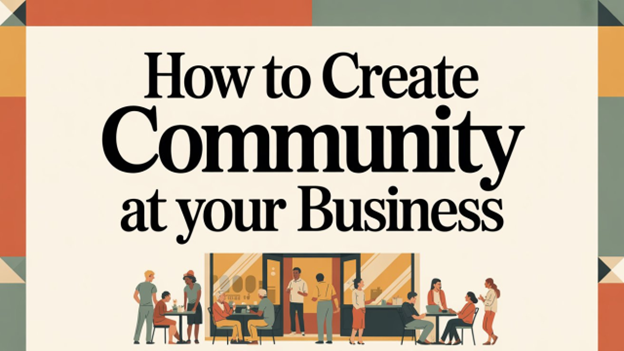5 Content Marketing Strategies for Small Business Owners
- Small businesses can benefit from content marketing as a way to attract and engage customers.
- Define your ideal customer's needs, motivations, and behavior patterns to tailor content.
- Create content that provides solutions to problems and helps achieve goals.
- Incorporate a call-to-action into your content, such as lead magnets or promotions.
- Email marketing is an essential component of content marketing; personalize emails, segment subscribers, include CTAs.
- Track key metrics and adjust strategies accordingly for greater success in reaching and engaging customers.
640 words / 2.5 min. read
As a small business owner, you already know the importance of marketing for business growth. Content marketing is an excellent strategy to connect with your target audience and expand your reach. However, creating all the necessary content can be overwhelming. In this article, we'll share five valuable content marketing tips to enhance your online presence, attract new customers, and achieve your business goals.
Define your audience
To develop a successful content marketing strategy, start by clearly identifying your target audience. Understanding the needs, challenges, and aspirations of your ideal customers will enable you to create content that resonates with them. StoryBrand, renowned for their marketing education for small businesses, offers a comprehensive 7-part framework that small businesses can leverage to enhance their content marketing efforts. Take advantage of their complimentary tool available here.
After considering your customers' problems and how your products solve them, categorize your ideas into pillar content. For instance, if you have a destination business selling handmade ice cream, your content can revolve around family, natural ingredients, and original flavors. Similarly, for financial consulting, your pillar content can include retirement, college savings, and debt freedom.
Create Value-Based Content
Once you have defined your audience, it is time to create valuable content that will engage, educate, even entertain. Your content should provide solutions to your customers' problems and help them achieve their goals. Value-based content might be a blog, video, or infographic. Make sure your creativity matches your chosen pillar content and consider batching your work, rather than waiting for inspiration to strike. Hubspot offers a variety of free content creation tools. Find inspiration and get organized with one of their helpful guides.
Integrate a Lead Magnet
Your hard work deserves a reward. When it comes to content marketing, a next step is often more free content, or a lead magnet. A lead magnet is a complimentary piece of content or promotional offer that’s given in exchange for someone’s email address. When done right, your lead magnet kicks off your sales funnel. It’s common for a series of three to five automated emails to accompany your lead magnet and build toward a paid offer. Learn more about creating a clickable lead magnet with these five rules.
Turn Up Your Email Marketing
Expanding your email list through content marketing is a wise investment for small businesses. Unlike the unpredictability of social media algorithms, email provides a direct connection to your customers. Cultivate your list with valuable email content, especially if you regularly publish new material on your blog. When you have a new service or promotion to share, email becomes a vital tool in your sales strategy. To maximize the potential of email marketing, ensure that your emails are personalized, segment your list based on interests and behaviors, and include a clear call-to-action.
Adjust Your Content Marketing Based on Real Results
Measuring the success of your content marketing efforts is crucial for understanding the impact and effectiveness of your strategies. By tracking key metrics such as website traffic, engagement rates, conversion rates, and customer feedback, you can gain valuable insights into the performance of your content. Take time to measure, analyze, and adapt your content marketing efforts to achieve greater success in reaching and engaging your audience. For a beginner’s guide to tracking key marketing metrics, check out this resource.
The Takeaway
Content marketing can be a powerful tool for small businesses to attract new customers and build brand awareness. By defining your audience, creating valuable content, building your email list, optimizing your email marketing, and measuring your success, you can develop a strategy that works for your business. Remember that content marketing is a long-term investment, and it takes time to see results. But with consistency and a solid plan, you can achieve your marketing goals and grow your business.
---
The Leavenworth-Lansing Area Chamber of Commerce is a private non-profit organization that aims to support the growth and development of local businesses and our regional economy. We strive to create content that not only educates but also fosters a sense of connection and collaboration among our readers. Join us as we explore topics such as economic development, networking opportunities, upcoming events, and success stories from our vibrant community. Our resources provide insights, advice, and news that are relevant to business owners, entrepreneurs, and community members alike. The Chamber has been granted license to publish this content provided by Chamber Today, a service of ChamberThink Strategies LLC.




